|
Like the Low Box Batwing T's last week, Band Pull Aparts are another exercise that doesn't look like much. However, when done strictly, it will really work a lot of upper back and rear shoulder muscles. It can also be done for fairly high volume sets and those muscles respond well to that. The resistance bands like this can be bought for about £6 - £7 from Amazon and are great to throw inbetween sets of chest presses or as a warm up. Key teaching points:
• Stand tall with feet hip to shoulder width apart. Abs and butt muscles lightly braced. • Hold a resistance band with both hands. Arms parallel to the floor, hands about shoulder width apart • Take a breath in and keeping arms straight, squeeze shoulder blades together whilst pulling the band apart in an arc motion until arms are at the side of the body • With control, return to start position. To make this exercise easier to begin with, start with the hands wider apart.
0 Comments
This is one of those funky looking exercises that works your back and rear shoulder muscles more than you think it would. A lot of it is to do with the smaller back and shoulder muscles never fully getting to rest so there is a lot of tension working through them. The bodyweight version is pretty easy to master so from here hold light dumbbells or weight plates in each hand. Key points:
• Lay face down on a low incline box or step with legs straight and abs and butt muscles braced tightly • Start with lifting the hands to the side of body in line with low chest / sternum with elbows pointing up towards the ceiling as much as possible • Hands should not touch the floor during the exercise • Breathe out and extend the arms directly out to the side of the body • Continue until the arms are fully extended and body is in a "T" shape. • Breathe in and pull the hands back to the start position whilst squeezing the elbows back in This is another great exercise technique which is fast becoming a favourite of mine. The idea is you select a suitably heavy weight that and start the rep of with both hands moving the weight. When you go to lower the weight, you then remove one hand. That forces the other arm to deal with the weight overload. It's a good way to improve strength and / or add some muscle size. To start with, I would recommend alternating hands on each rep. If you are more advanced, you can perform them all on one side before switching. Key points:
• Sit at lat pulldown station and adjust leg pad so it is resting on tops of legs when knees bent 90 degrees. • Stand up and grip V Handle with both hands, with neutral grip (palms facing each other) • Sit back down, brace abdominals and lean backwards slightly from hips. • Being by pulling shoulders down and breathe in as bending arms at elbows, pulling bar down to upper chest. • Keep elbows pointing towards the floor as much as possible. • Once bar touches upper chest, remove one hand from the grip and reverse movement with control with other arm • Allow bar to rise up until arm is straight. Breathe out as bar goes up. • Grab bar with other hand again and repeat all reps with other hand. Keep alternating hands on each rep Most people can benefit from training their butt. Here's the crack. Having a strong, healthy set of glutes (butt muscles) is not only aesthetically pleasing, they are important to sports, lifting heavy stuff and reducing injuries. Thanks to a lot of work by people such as Bret Contreras PhD aka The Glute Guy, training the glutes have come a long way. Unfortunately due to work and lifestyle, we often find ourselves sat for long periods of time either at work or in front of the TV. This coupled with other factors such as previous back / lower body injuries and just plain not working them properly leaves many people with weak butt muscles. To understand why this is important to everyone, let's get a little bit nerdy for a moment. What do the butt muscles actually do? When we talk about the butt or the glutes, we are referring to three main muscles - Gluteus Maximus; Gluteus Medius and Gluteus Minimus. Combined, these muscles have the following main functions (apart from filling out your jeans nicely): 1) Extension of the hip joint - Either moving the leg backwards (i.e. every time you walk) or lifting the body up from a bent over position 2) Abduction of the hip joint - When the leg moves out to the side of the body 3) External Rotation of the hip joint - where the leg rotates outwards, away from the centre of the body 4) Works to prevent Valgus Collapse - Valgus Collapse is when the knee caves inwards during an exercise or movement i.e. as you squat down, the knees drop inwards. 5) Helps to stabilise the hips - during general movements and exercises, the glute muscles (along with other hips muscles) work to maintain level and stable hips. 6) Reduce the chances of certain injuries - When the butt muscles are weak or not working properly, the slack is taken up by other areas such as the lower back and hamstrings. When these other areas have to take on the work they weren't meant to do, that's when you increase the chances of pulls, strains and tears. The knees can also be at a greater risk of injury from weak butt muscles. There are some other functions the butt is involved in, the above are the main ones though. Looking at what the glute muscles do is important when it comes to picking the right exercises to ensure a well rounded (pun intended) training plan. Training the butt There are 4 main categories of exercise to look at. They sound complex, but I'll break them down: 1) Vertical loaded, knee dominant, hip extension. This means leg exercises where the knee is flexing more than the hip. The vertical loading refers to the weight moving up and down, in line with the body also moving up and down. These hit the lower portion of the glute muscles more than the upper portion. Exercises for this include: Squats; Step Ups; Lunges and their variations such as Walking Lunges & Front Foot Elevated Reverse Lunges; Rear Foot Elevated Split Squats and 1 Leg Squats Barbell Back Squat Racked Dumbbell Step Ups Foot Elevated Reverse Lunge Rear Foot Elevated Split Squat 2) Vertical loaded, hip dominant, hip extension This means leg exercises where the hip is flexing more than the knee. The weight is moving up and down, in line with the body also moving up and down. Exercises for this include: Deadlifts; Romanian Deadlifts and 1 Leg Romanian Deadlifts (which works across a few categories) Deadlift Barbell RDL 1 Leg RDL 3) Frontal plane, hip abduction The Frontal Plane is an imaginary plane that divides the body into front and back sections. If you move side to side (instead of the normal forwards and backwards), this is moving in the frontal plane. Hip abduction is moving the leg away from centre of the body. These hit the upper portion of the glutes more than the lower portion. Exercises for this include: Side Lying Hip Abduction; Standing Hip Abduction; Lateral Band Walks; Hip Drops; Side Planks With Leg Raised and Copenhagen Hip Adductors Side Lying Hip Abduction Lateral Band Walks Hip Drops Side Plank with Arm and Leg Raised Copenhagen Hip Adduction 4) Horizontal loaded, hip extension Instead of the body moving up and down as with a squat or lunge type movement, think of it as moving back and forth. The direction of the weight is going in the same direction. These will hit both the upper and lower portions of the glutes. Exercises for this include: Hip Thrusts; Glute Bridges; Back Extensions; Modified Donkey Kickbacks; Cable Pull Through and Straight Leg Glute Bridges Hip Thrusts Glute Bridge Modified Donkey Kick Cable Pullthrough Straight Leg Glute Bridges 5) Miscellaneous As with many exercises, due to their nature some do not fall into any one category because there are various forces acting on the butt muscles. Exercise for this include: Split Squats With Lateral Band Resistance; Hex Dumbbell Glute Bridges and Glute Bridges With Leg Swings. 1 Leg Romanian Deadlifts can also fall into this category. Band Resisted Split Squat Hex Dumbbell Glute Bridges Glute Bridge Leg Swings When fitting these into your own workouts, you don't need to throw them all in there. If you're working out around 3 times a week, pick around 5 or 6 exercises across the categories and spread them over the week. Also a quick note about mini-bands / resistance bands. These are a fantastic training aid that can be placed either just above or below the knee for a number of these exercises. It will greatly increase the demand of the butt muscles - so a worthwhile investment. This is a great technique I picked up from Jim 'Smitty' Smith. You can apply this to most exercises and you do not have to limit it to just 5 x 5, it can be any rep & time scheme you would like. The idea is you perform 5 reps of an exercise and on the 5th reps you hold the rep in an isometric for 5 seconds. That is 1 round. Depending on the weight / exercise etc, you can do these for anywhere from 1 - 5 rounds. Just be prepared for some soreness the next day Key Points:
• Stand tall with feet hip width apart and abdominals braced. Hold a barbell in front of body with palms facing body. • With a slight bend in knees, push hips straight back whilst flexing forward from waist and keeping back straight. • Continue until chest is between parallel and a 45 degree angle to the floor. Arms should be hanging straight down with the barbell. Keep shoulders pulled back and down. • Moving just arms, breathe in and pull barbell to stomach, around navel level. • Breathe out and lower bar until arms are straight. Do not let barbell touch floor between reps. • Complete for 5 reps and on the 5 rep, hold the barbell in the top position for 5 seconds. This is 1 round. Complete for the given number of rounds. |
AuthorThis is my, mostly, Personal Trainer musings and information which I hope you'll find helpful! Archives
May 2021
Categories |
Support |
© COPYRIGHT 2020. ALL RIGHTS RESERVED.
|
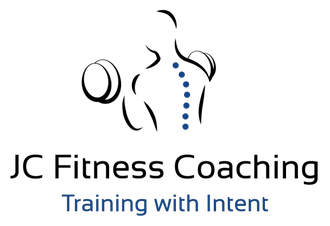
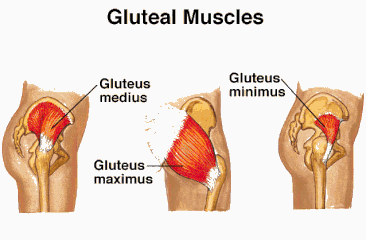
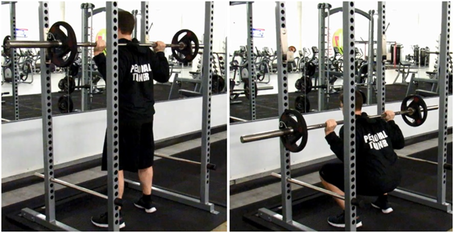
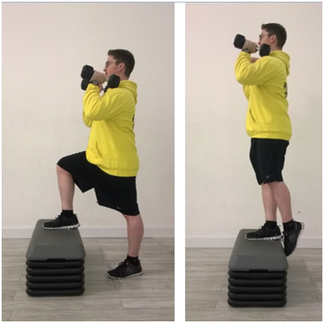
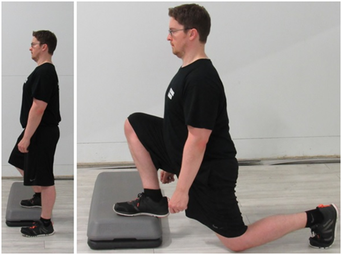
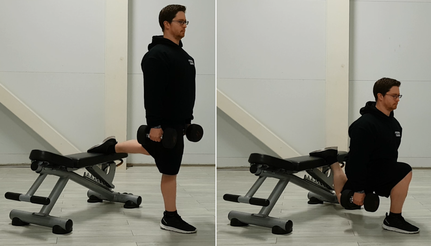
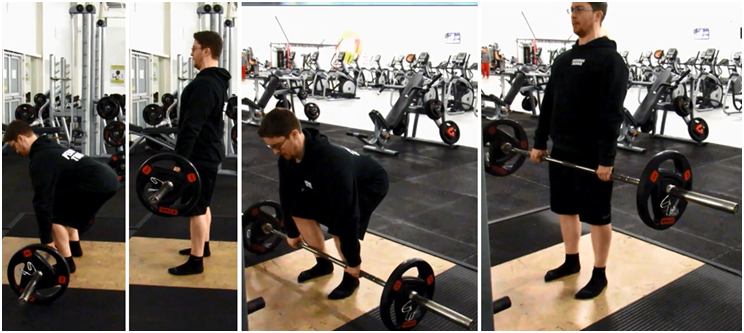
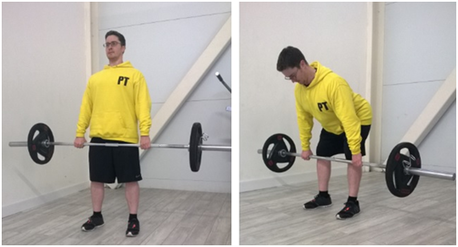
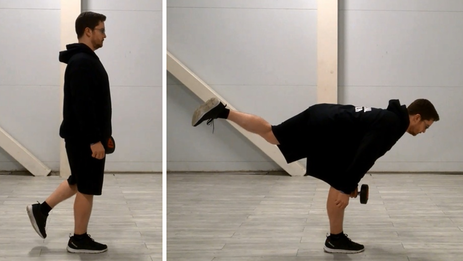


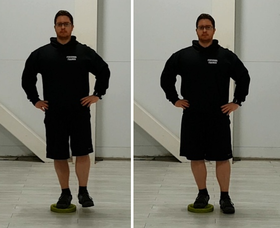
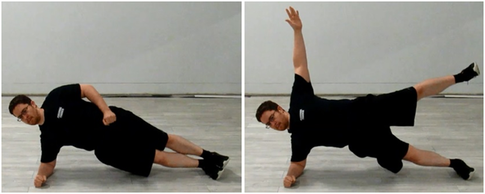

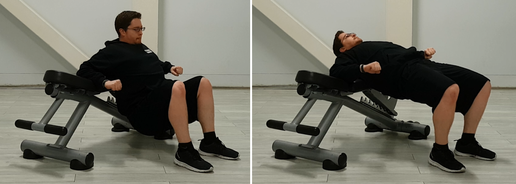


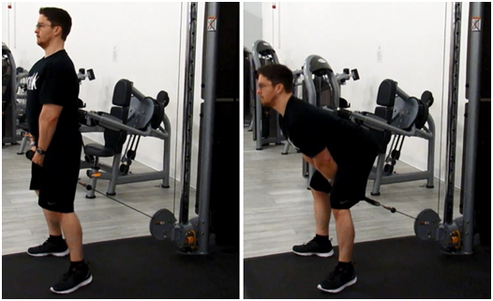

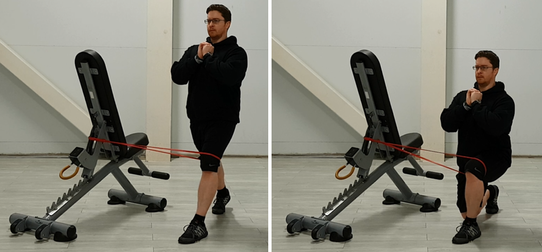


 RSS Feed
RSS Feed